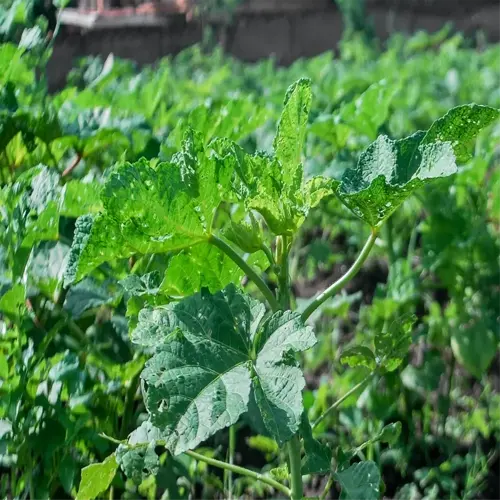Do papaya trees require cross-pollination to bear fruit?

Written by
Liu Xiaohui
Reviewed by
Prof. Martin Thorne, Ph.D.Various myths surrounding pollination often bewilder new growers of papaya. All of the female plants require cross-pollination, while bisexual varieties self-fertilize. My first harvest was a complete disaster until I learned that my single papaya tree was a female tree, and the addition of a male tree 10 feet away tripled my fruit set within 3 months.
Female Plants
- Require male/bisexual pollen donors within 15 feet
- Produce ovoid flowers with visible ovaries
- Yield seed-filled fruits only with pollination
Male Plants
- Generate long-stalked flower clusters
- No fruit production
- Essential for pollinating female plants
Bisexual Plants
- Self-pollinating perfect flowers
- Contain both male/female parts
- Produce seedier but reliable crops
If urban gardeners have a single tree, they should hand-pollinate the tree. Female flowers have a bulbous base and can easily be identified. In the morning when humidity is still a little higher for the pollen grains to be softened (around 7-9 AM) is generally the best time to hand-pollinate. Save any unused pollen in foil for later use, as I have saved my crop with this tip after a week of heavy rain.
Certain bisexual varieties such as 'Solo' or 'Rainbow' reduce complications for the grower. Their flowers self-fertilize but will produce better fruit when pollen is also dislodged by brushing. My patio 'Rainbow' papaya produces 30+ fruits annually without partners but increases yields by 20% when I assist with the wind by brushing the flowers on calm mornings.
Read the full article: How to Grow Papaya: 8 Essential Steps for Success

